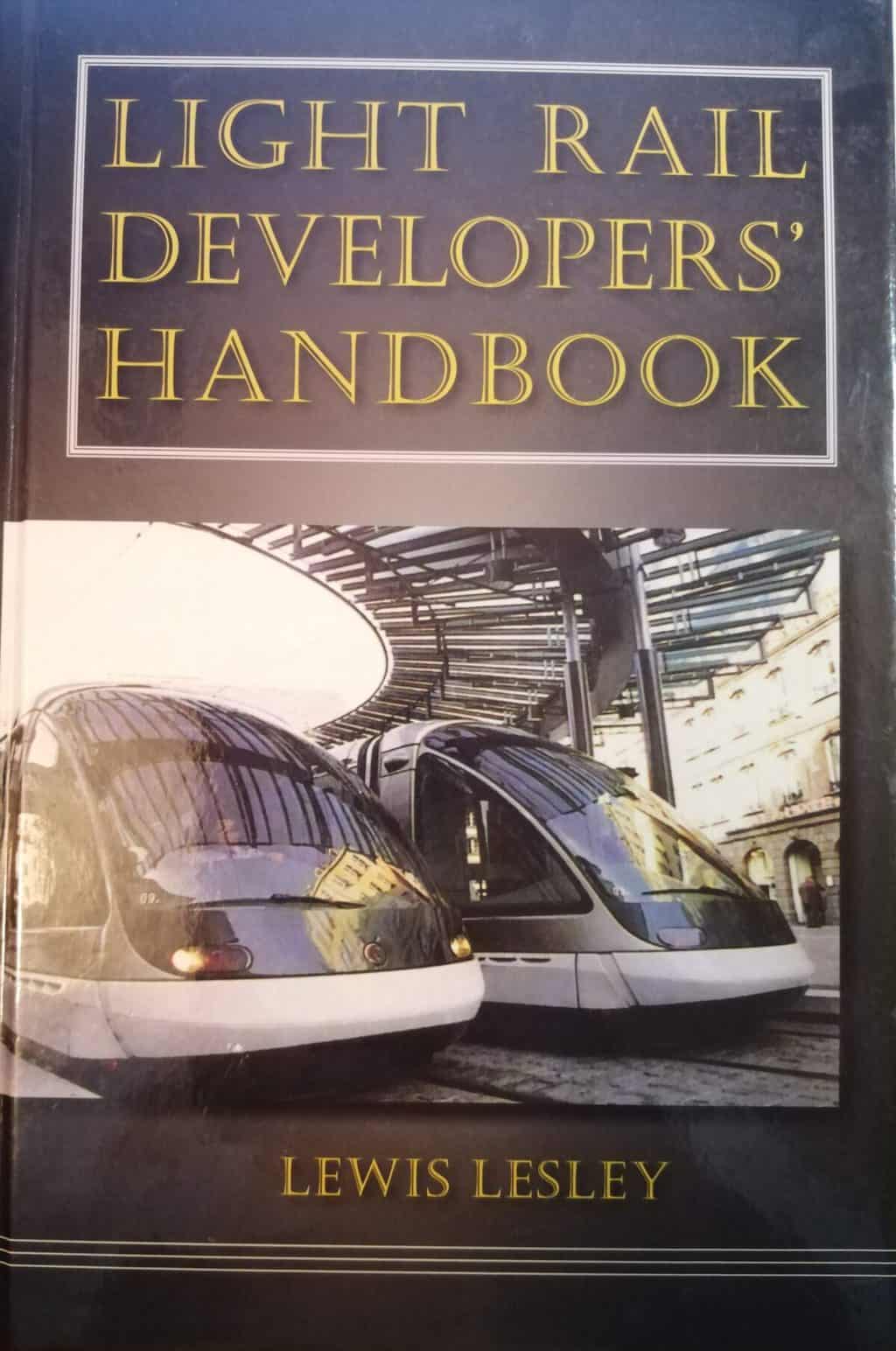 Edinburgh Trams’ “£10m annual loss”: what it actually means — and why the system isn’t going bust (and is still being extended)
Edinburgh Trams’ “£10m annual loss”: what it actually means — and why the system isn’t going bust (and is still being extended)
Bottom line
-
The tram is being extended because the economic case is positive (BCR ~1.4), the Newhaven link is performing, and the network supports growth, regeneration and decarbonisation objectives that aren’t captured fully in a simple profit-and-loss figure. The City of Edinburgh CouncilUrban Transport Magazine
-
Edinburgh’s reported £~10m annual loss is mostly an accounting outcome (asset fee, depreciation/interest) rather than a sign that fares can’t cover day-to-day operations at all. The system remains a publicly owned service aligned to city policy, not a commercial enterprise that can “go bankrupt”. The Scotsman
The headline
Edinburgh Trams posted a net loss of £9.65m for calendar year 2024 (its seventh loss-making year in a row), even as passenger numbers hit record levels (over 12 million journeys) and revenue reached £28.8m. Total accumulated losses since opening now exceed £64m. The Scotsman
Why a loss doesn’t equal “bankrupt”
-
It’s a council-owned public service, not a stand-alone private firm.
Edinburgh Trams Ltd is owned by the City of Edinburgh Council. Publicly owned operators don’t “go bankrupt” in the commercial sense; deficits are managed within the public sector group, often reflecting wider policy goals (mode shift, access, regeneration). The City of Edinburgh Council -
Accounting charges drive much of the loss.
Since 2018 the Council has levied an £8.5m annual asset fee on the tram company to reflect borrowing linked to the original project cost overrun. The Scotsman notes this largely explains the persistent losses since 2017. Depreciation and interest also sit below the operating line. The Scotsman -
Cash vs. accounting: the railway norm.
Many UK rail and tram systems cover day-to-day running costs reasonably well but post a deficit after central overheads, renewals and finance costs are added. TfL, for example, now runs a group operating surplus to cover operations and renewals, but still needs capital funding support for big projects. Transport for London+1TfL Board
So why extend the tram?
-
Proven demand and network effect. The Newhaven extension opened on 7 June 2023 (4.6–4.7 km, eight stops) and was delivered within its £207m budget. It unlocked strong ridership growth into Leith and Newhaven, supporting the case for further build-out. Urban Transport MagazineEdinburgh Trams
-
Positive economic case, not just farebox. The Council’s Final Business Case for York Place → Newhaven estimated a Benefit–Cost Ratio (BCR) of ~1.4:1, i.e., £1.40 of benefit per £1 spent, even after updated appraisal rules reduced the value of time benefits. Extensions are pursued because of those wider economic, environmental and development returns. The City of Edinburgh Council
-
Strategic city goals. Planned north–south expansion (e.g., Granton → BioQuarter/RIE) is being consulted on despite funding questions, because the tram is central to Edinburgh’s plans for growth, decarbonisation and mode shift. (Councillors were warned in May 2024 of a £44m near-term funding gap to progress the next business case; alternative funding models are being explored.) The ScotsmanThe Times
How this compares: selected UK systems (latest available)
| System | Period | Headline financial result | Notes |
|---|---|---|---|
| Edinburgh Trams | 2024 (calendar) | £9.65m net loss on £28.8m revenue | Record ridership (>12m). Losses largely reflect an £8.5m council asset fee plus other below-the-line charges. The Scotsman |
| Manchester Metrolink (TfGM) | 2025/26 (budget) | £39.0m “net Metrolink cost” (after fares), up from £25.2m 2024/25 | Increase driven mainly by reinstating finance costs to Metrolink’s budget; fare income otherwise strong. Greater Manchester Combined Authority |
| Nottingham NET (Tramlink Nottingham Ltd) | FY to 31 Mar 2024 | Gross profit £8.24m; net loss £26.3m before tax | Debt/interest from the PFI-style concession dominate the bottom line despite passenger recovery to 15.5m. Insider Media LtdWest Bridgford Wire |
| London Underground (TfL) | 2024/25 (full year) | Operating deficit £787m after indirect costs, interest & renewals | Before central overheads/interest, LU showed a £304m net contribution; LU passenger income £2.63bn. Transport for London |
| London Trams (Croydon) | 2024/25 | No standalone P&L published; ridership ~18m | Finances are consolidated within TfL “Rail”. Journeys fell ~8% YoY; capital renewals and fleet replacement require subsidy. Transport for London |
⚠️ Caution on comparability: The figures above are not like-for-like “profits”. Some operators report calendar years, some fiscal; some include central overheads, renewals and financing costs (or asset fees), others don’t. Concession structures (PFI/PPP vs. direct public ownership) also change how losses show up in company accounts. Always read the basis of preparation before comparing.
Bottom line
-
Edinburgh’s reported £~10m annual loss is mostly an accounting outcome (asset fee, depreciation/interest) rather than a sign that fares can’t cover day-to-day operations at all. The system remains a publicly owned service aligned to city policy, not a commercial enterprise that can “go bankrupt”. The Scotsman
-
The tram is being extended because the economic case is positive (BCR ~1.4), the Newhaven link is performing, and the network supports growth, regeneration and decarbonisation objectives that aren’t captured fully in a simple profit-and-loss figure. The City of Edinburgh CouncilUrban Transport Magazine

 Edinburgh Trams’ “£10m annual loss”: what it actually means — and why the system isn’t going bust (and is still being extended)
Edinburgh Trams’ “£10m annual loss”: what it actually means — and why the system isn’t going bust (and is still being extended)




